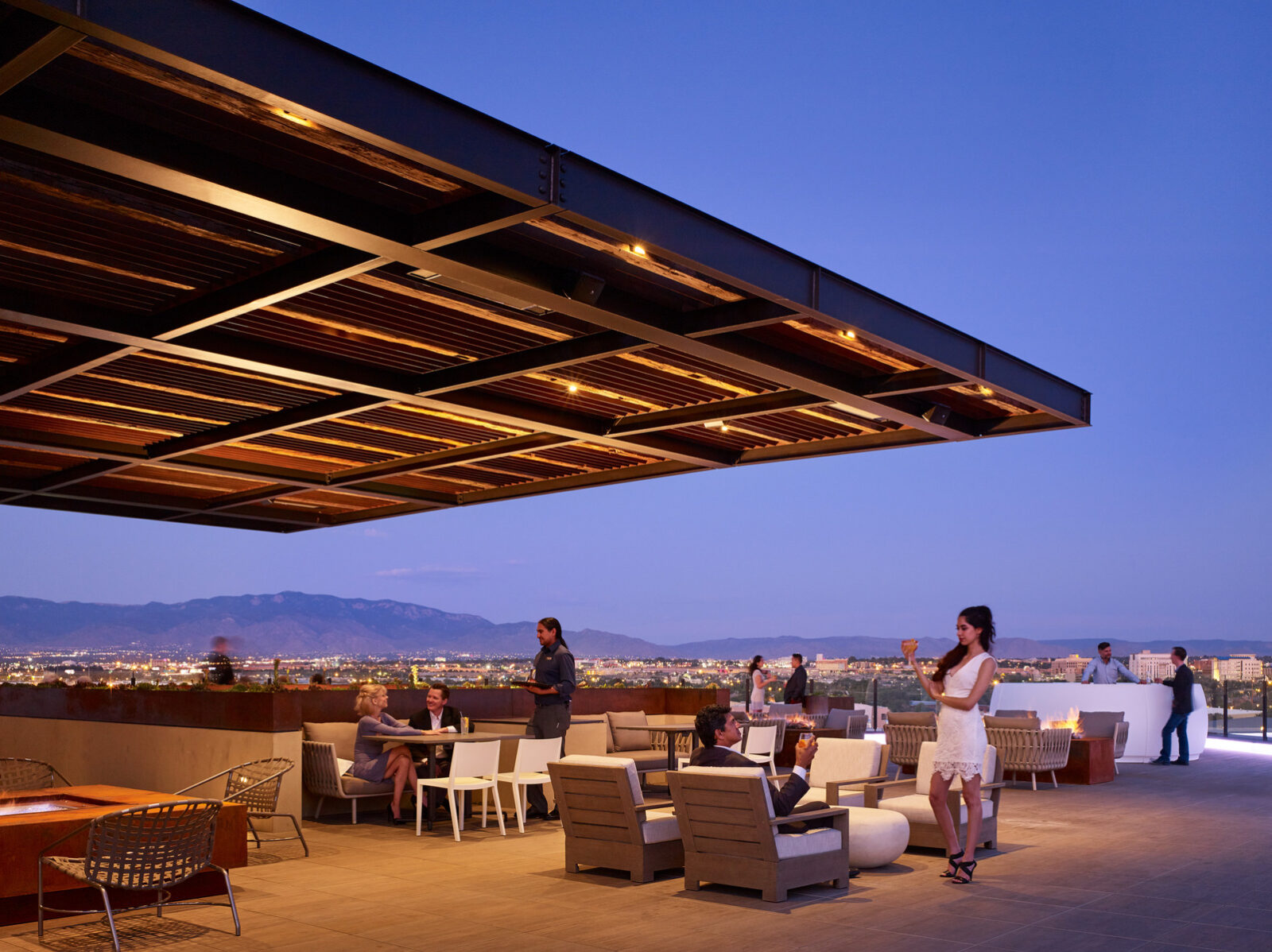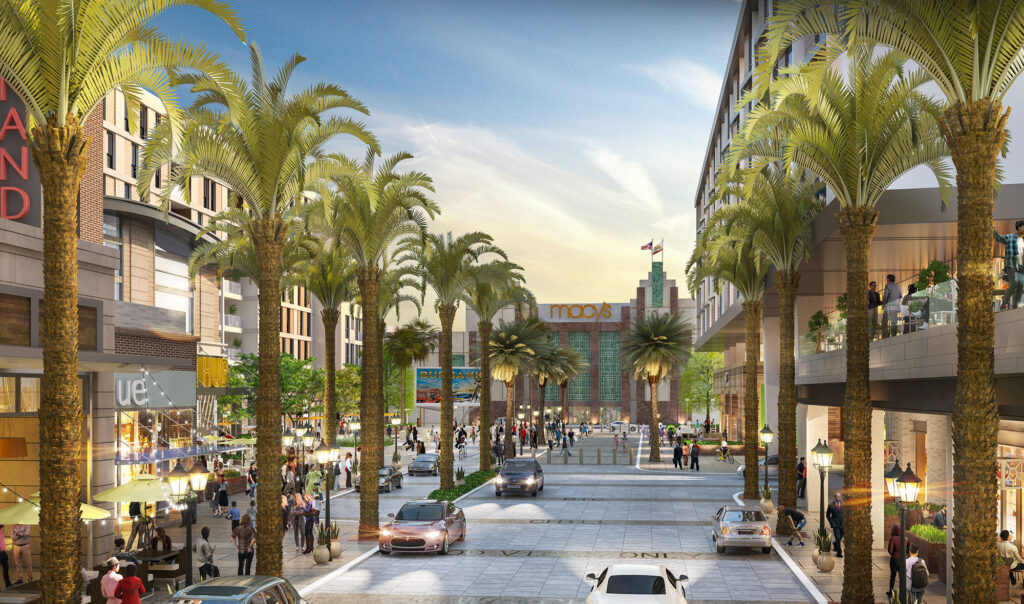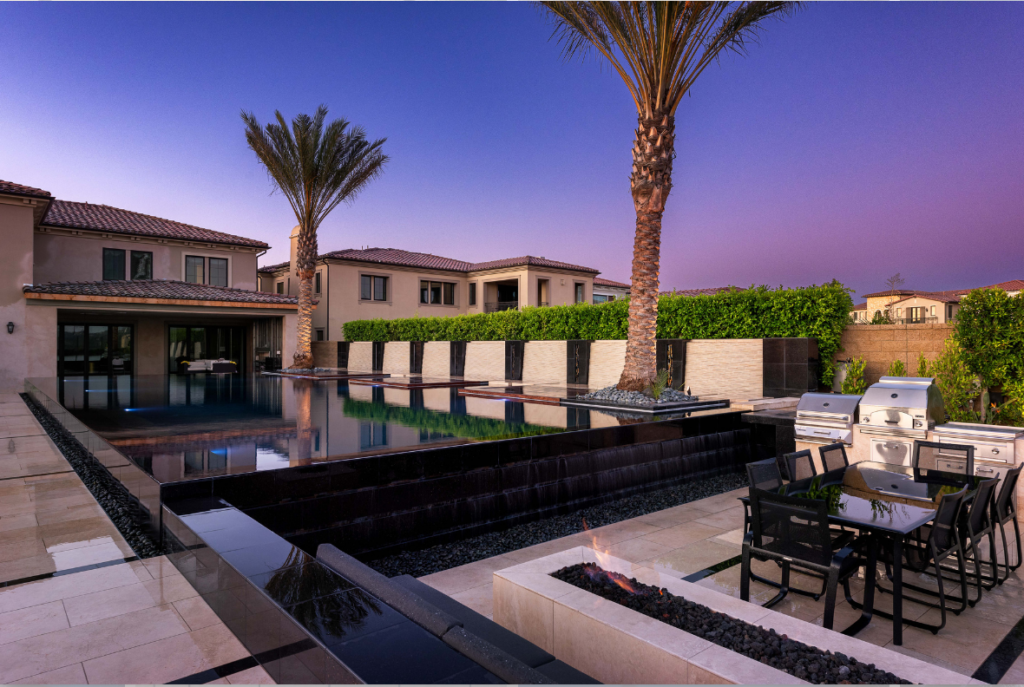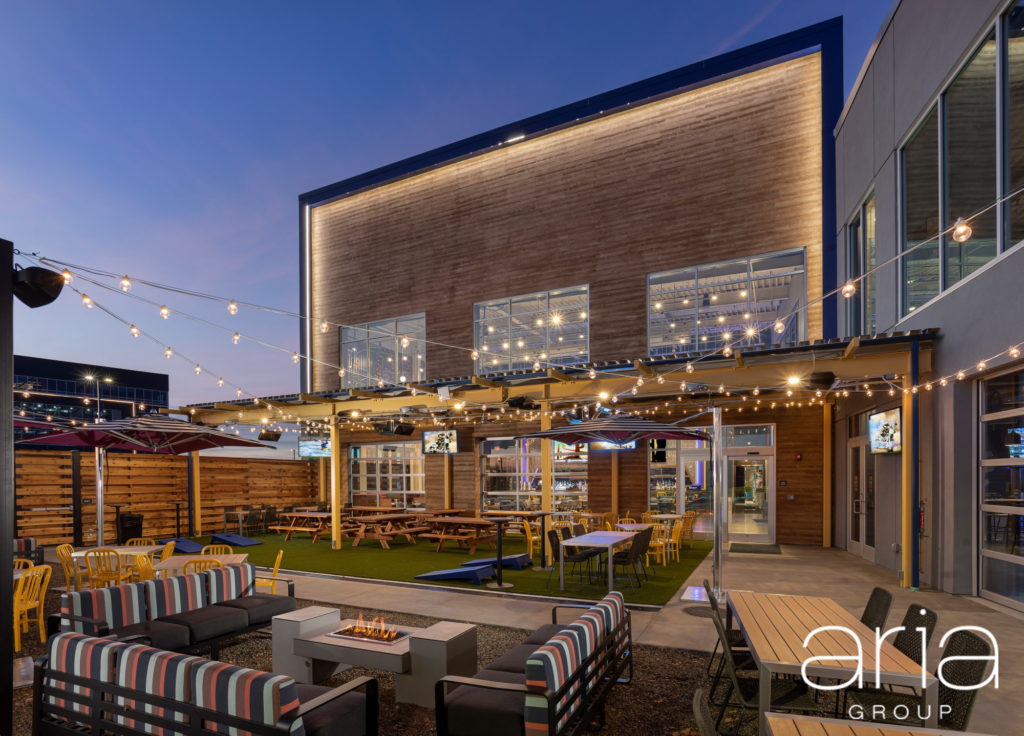
Our latest episode in collaboration with Archispeak, delves into the realm of sustainability in architecture. Join us as we explore this topic with Thomas Ventura, a seasoned architect with nearly a decade at Gensler and over 30 years in the industry. Thomas’s expertise lies in mixed-use, multifamily, and hospitality projects, where he champions the integration of indoor and outdoor spaces to create innovative and sustainable designs.
About Thomas Ventura
Thomas Ventura’s early years began on the West Coast of North America. Starting at the University of Oregon, he honed his craft over 14 years in Portland before making his way back to Southern California via Northern California. With a primary focus on mixed-use, multifamily, and hospitality projects, Ventura has cultivated a deep understanding of creating spaces that seamlessly blend indoor and outdoor environments. Ventura champions a collaborative design process, advocating for the principles of the Gensler Design Synergy Initiative, where diverse perspectives converge to create innovative, sustainable, and user-centric designs. At Gensler, he continues to drive innovation and elevate the human experience through thoughtful and inspiring spaces.
“It starts at the beginning… getting them to buy into what the project goals are from the very beginning, right. And so…if you can do that, and from a sustainability or resilience standpoint, you, you’re nine tenths the way there because now you’ve got a partner” says Ventura.
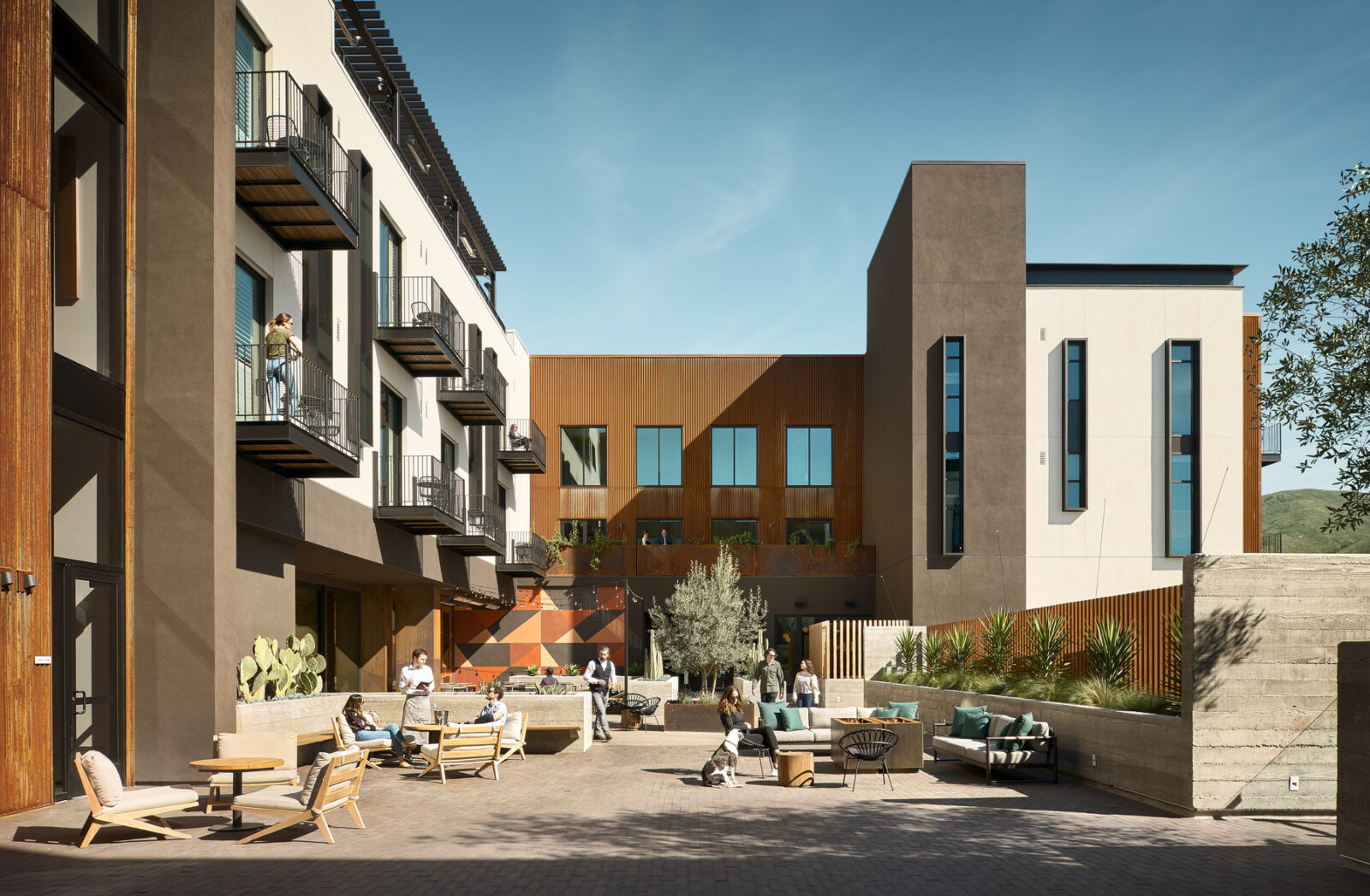
Nature’s Nook – The Role of Outdoor Spaces
Sustainability in architecture has gained increasing relevance in recent years, paralleled by a noticeable trend towards seamlessly blending indoor and outdoor spaces, reflecting a growing societal awareness and yearning for a stronger connection with nature. Ventura discusses the rising demand for thoughtfully designed outdoor spaces that extend the use of indoor settings. It’s not just about creating picturesque landscapes, but also boosting building efficiency and making users more comfortable. By blurring the line between inside and outside, architects can use nature’s elements like daylight and wind, cutting down on artificial lighting and HVAC reliance. As an additional positive benefit, these combined areas foster community and interaction. Ventura notes that when outdoor spots are lively and shared, they naturally enhance security with constant activity. This move towards connected indoor-outdoor spaces signals a major shift in design thinking, focusing on sustainability, user happiness, and a sense of belonging.
“And so it’s thinking of the building as an organism, if you will, and having the ability of opening, contracting, opening, closing, that allows it to engage and adapt as. The environment changes and adapts… “

Never Miss an Episode!
Subscribe to our industry newsletter to stay up to date on innovations and trends within the built environment.
Ever-Green Resources and Beyond
As the discussion of merging indoor and outdoor spaces continues, recognizing their growing importance in contemporary design is key when discussing sustainability practices. Ventura points out the necessity of durable materials, especially in areas of high foot traffic, where materials must be durable to last through repeated use. This approach not only benefits the environment but also streamlines operations and offers branding opportunities. Ventura emphasizes, “…basically by 2030, all of our projects are to be completely carbon neutral. It’s kind of the charge. Is it possible? We’re working towards that. It’s, it’s a huge Herculean effort to do that. Especially when you’re looking at massive projects all the way down to the small tenant improvement.”
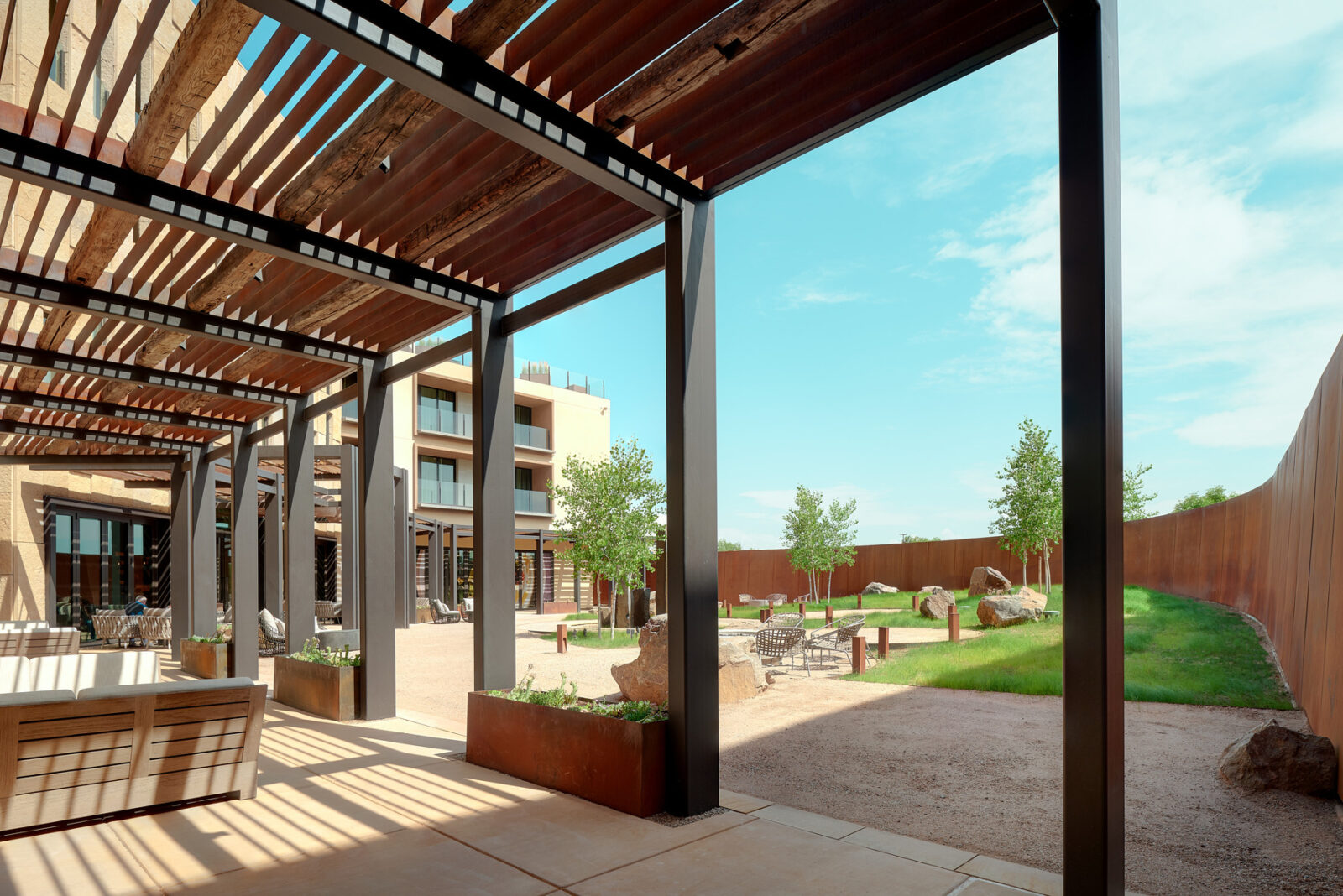
In recent years, Gensler has launched its Global Product Standards initiative to bring more awareness and action towards sustainable materials and durability standards. Ventura notes Gensler’s dedication to research in sustainable design, which helps educate clients about the advantages of top-notch materials. However, he acknowledges the challenge of convincing clients to choose these options, stressing the need for early education and aligning project goals with sustainability during client conversations as initial costs may be higher than expected.
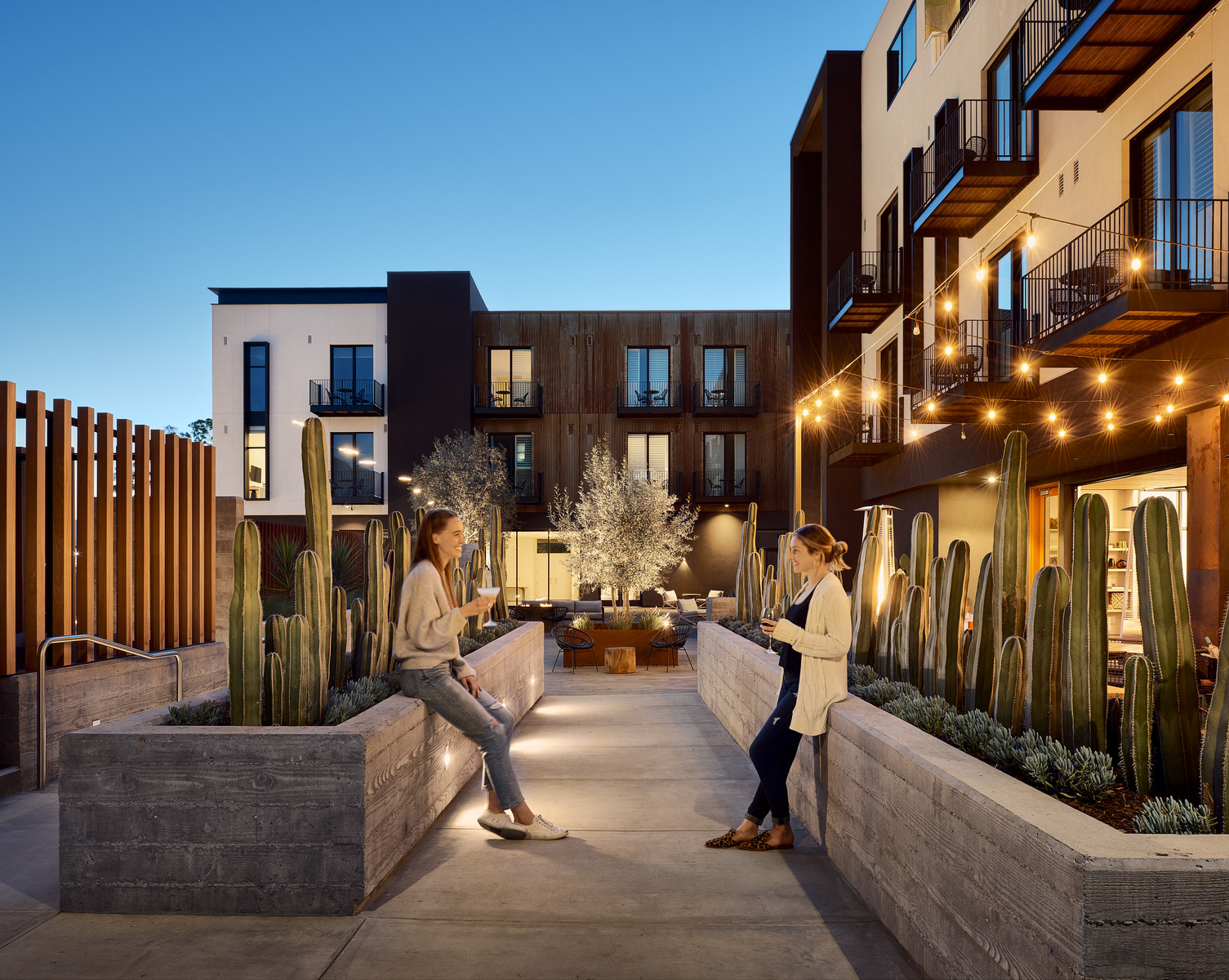
Crafting Comfort to Adapt in Architecture
The outdoors may seem uncomfortable to some; however, with the right design and integration, outdoor spaces can be just as comfortable as indoor spaces. Ventura highlights the importance of creating spaces that engage the user, mentioning elements like views, water features, and tech capabilities such as Wi-Fi. Tailoring designs are based on the space’s purpose and consider factors like microclimates for extended usability. The concept of flexibility in design emerges, where spaces are adaptable for various functions, aiming to maximize use beyond paused seasons and time. Ventura states, “we do projects all over the country and all over the world, and we’re absolutely seeing that in all climates, all project types, there is a need and appetite and a demand for good outdoor space.” Ventura continues, “It allows your large space inside to be extended so you have this great sort of indoor-outdoor setting, especially in this kind of market […] It also helps reduce the load on the building in terms of how much energy is being used in the building.”
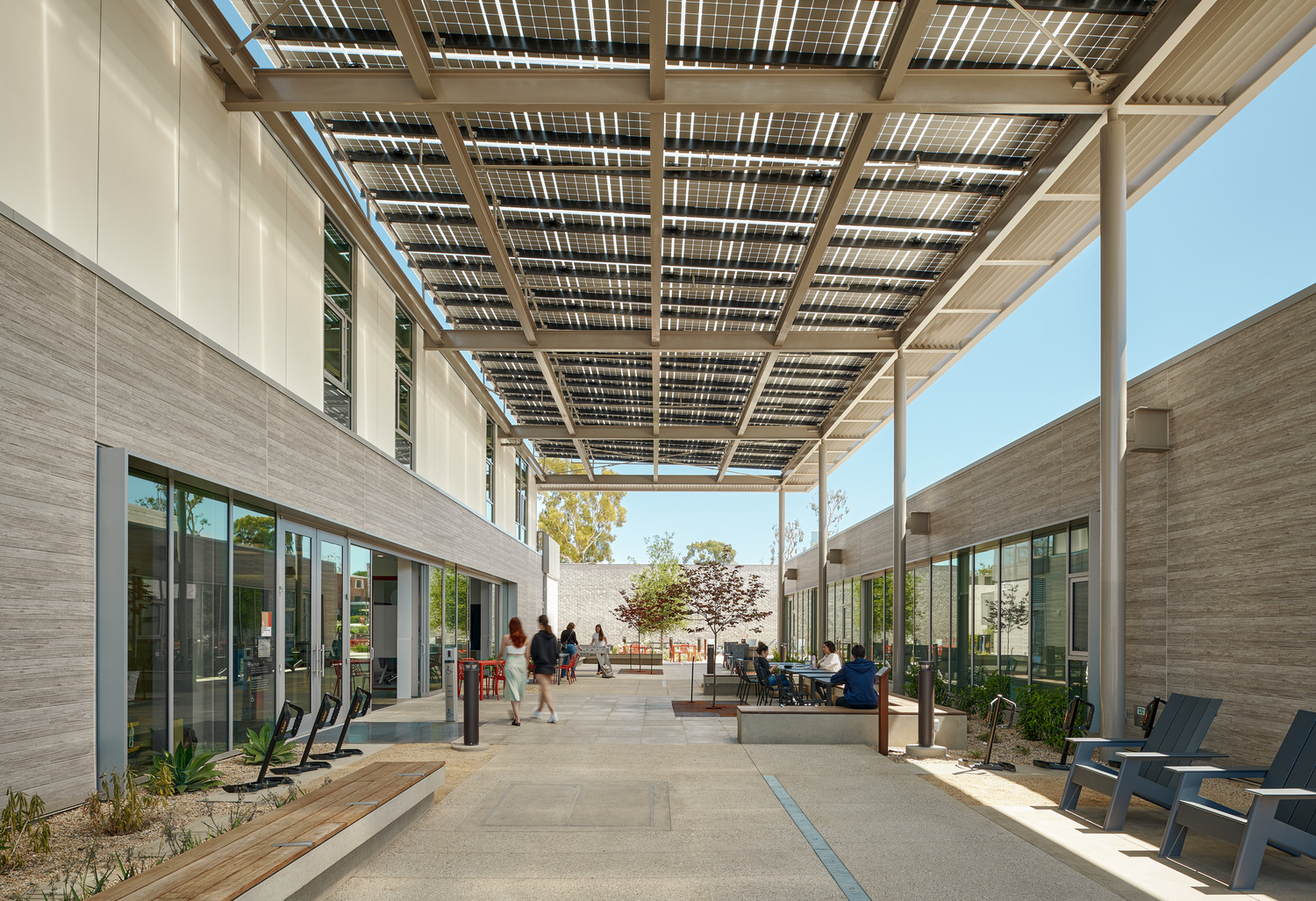
The Future and Sustainability:
Sustainability plays a crucial role in managing climate change and the future starts with architecture and building design. By integrating outdoor and indoor spaces with thought and consideration, sustainable buildings not only offer present-day benefits but also provide long-term economic advantages and foster stronger community bonds. With the right materials and planning, sustainable buildings are designed to last for future generations, promoting community growth and care for the environment.
